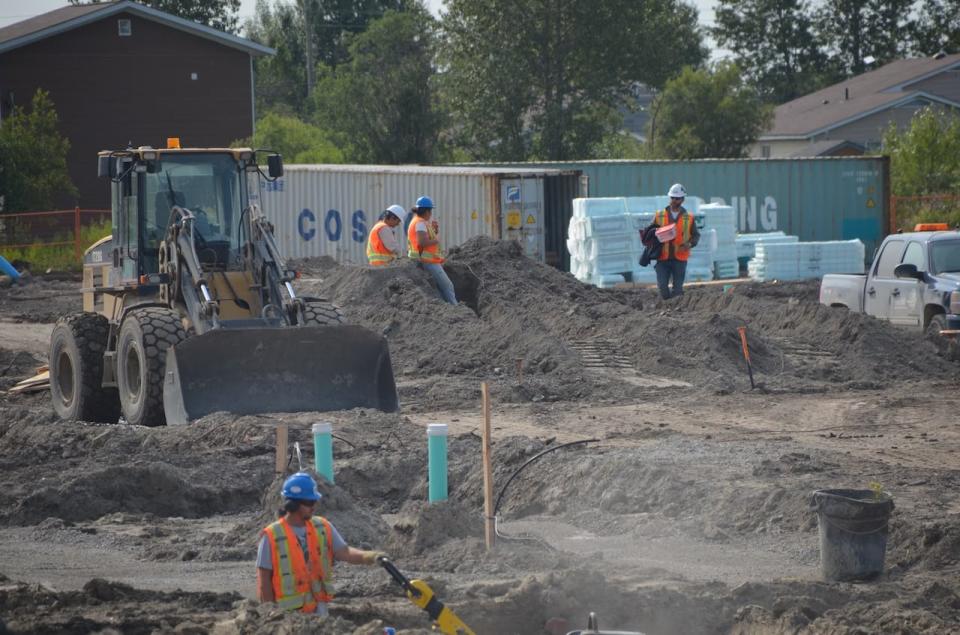Federal government to announce long-awaited funding to replace deteriorating northern Ontario hospital
The federal government will provide $1.24 billion in new money to replace an aging hospital along northern Ontario's James Bay Coast, according to a senior government source.
Indigenous Services Minister Patty Hajdu is expected to make the announcement in Ottawa on Monday.
The 74-year-old Weeneebayko General Hospital, located on Moose Factory Island, is the oldest unrenovated medical facility in Canada. It was originally built as a tuberculosis sanitorium.

In 2007, Ottawa promised to split the costs with Ontario to build a $2.7-billion new hospital on the mainland in Moosonee, Ont.
Ontario committed $1.3 billion in its budget earlier this year, but Ottawa's portion wasn't included in the last federal budget.
The new hospital is already under construction, backed by $158 million in federal funding announced in 2019.
But Indigenous leaders and the Weeneebayko Area Health Authority, which runs health services in the region, pleaded with Ottawa to deliver on its full pledge or risk seeing construction on the long-delayed project come to a halt indefinitely.
Last month, Hajdu told the House of Commons the hospital would get built, but funding details weren't revealed until now.
"From the beginning, it was clear that we'd be there for First Nations in the region," a senior government source told CBC News. "Promise made, promise kept."
Building seen as symbol of colonial legacy
The hospital serves thousands of people, primarily from Indigenous communities, along the western shores of the James Bay Coast.
Because Moose Factory is on an island, patients have to arrive by water taxi or be transported by helicopter to receive care.
The three-storey building only has one bathroom for patients, no elevator and the original wooden roof leaks regularly.
It was built in 1950 originally as a tuberculosis sanatorium, where children were isolated from their communities, cultures and families.
Lynne Innes, CEO of the Weeneebayko Area Health Authority, called the building a symbol of the colonial legacy Indigenous people are forced to confront daily.


